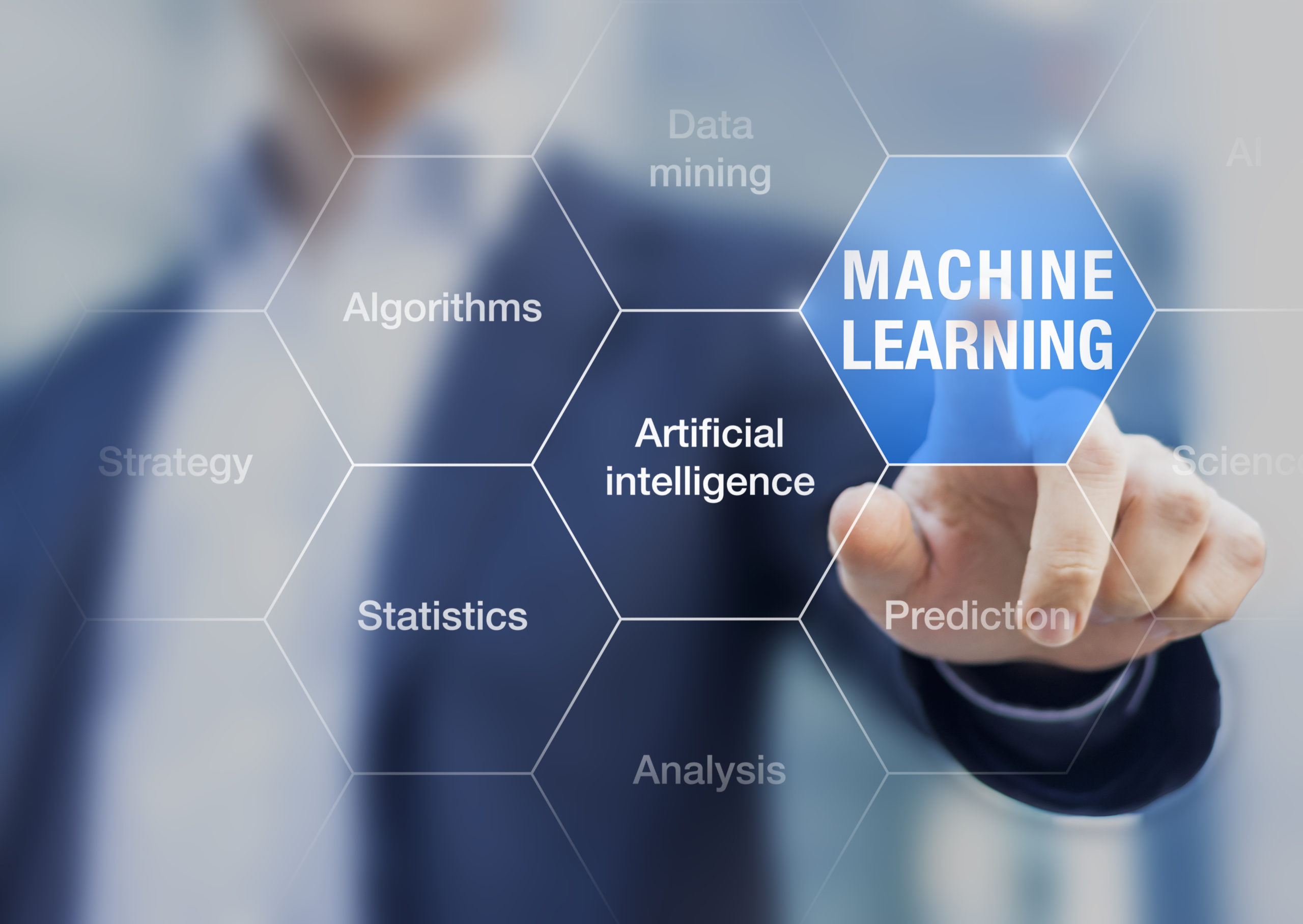Employee satisfaction and engagement were rarely cited as key factors of organizational success 20 years ago, but today’s executives understand that people are the most powerful drivers of business performance. Gallup’s most recent State of the American Workplace report confirms that high engagement levels directly correlate with higher productivity, profitability and even sales, while simultaneously reducing turnover and absenteeism. Considering the substantial cost of replacing even a single upper-level employee, it’s clear that improving the employee experience can significantly impact the bottom line.
Yet, despite substantial corporate investment in this strategy, the percentage of engaged U.S. employees has remained virtually stagnant since Gallup began tracking it in 2000. Most engagement initiatives have been ill-defined and ineffective, incapable of providing the actionable insights necessary to enact lasting change. Many organizations still struggle to effectively engage their people, and employee quits have continued to outpace layoffs 2:1.
Fortunately, advancements in artificial intelligence are empowering executives to drive meaningful organizational change. These powerful systems can analyze unstructured data with better-than-human accuracy and are as sensitive to emotions as they are to statistics. Moreover, because machine learning is a key underlying tenet, these AI-powered solutions continuously and automatically improve without any outside interventions. This technology has exciting and far-reaching implications and is guaranteed to impact the way we manage human resources.
Fostering Better Understanding
Two-way trust is crucial to building positive and productive work environments, but establishing and nurturing it within an organization can be challenging. To create a high-performing culture based on trust and communication, it’s imperative to first uncover employee sentiment and then respond appropriately. What’s more, according to the Center for Generational Kinetics, 75 percent of workers said they would stay in an organization longer if their employer listened to–and addressed–their concerns. Imagine the financial impact of a 75 percent improvement in retention!
Many organizations rely on the annual performance management process, but these once-a-year conversations can be limited in their ability to obtain quality feedback and insight into the employee experience. Instead, executives can leverage sophisticated pulse surveys, powered by AI technologies and capable of decoding open-ended surveys with exceptional accuracy.
These innovative solutions couple advanced natural language processing with machine-learning algorithms to analyze text-based responses and uncover not only what employees are saying, but how they actually feel–in real time. Armed with qualitative insights about what matters most to their people, executives can truly understand their motivations and take action to improve the employee experience.
Predicting Workforce Behavior
By identifying trends and anomalies, today’s AI solutions leverage unbiased mathematical algorithms to forecast future scenarios with tremendous accuracy. They can predict a variety of workforce scenarios, including retention risk, high-performance potential and even future engagement scores. These predictive solutions are part of a new generation of insight-driven tools that combine analytical and emotional intelligence to help organizations harness the power of big data and gain a competitive edge for the future.
Taking Strategic Action
Thanks to the actionable insights and analyses provided by pulse surveys and predictive analytics, leaders can take meaningful steps to improve employee satisfaction and increase business performance. Prescriptive analytics take these measures one step farther, offering fact-based, real-time suggestions at key decision points to assist employers in making their most crucial leadership decisions. Personalized recommendations for coaching, supporting or retaining employees are based on unbiased people data mined from demographics, surveys and previous HCM actions, making decision-making easier and leaving no room for favoritism.
By 2020, Forrester predicts that insights-driven businesses will win about $1.2 trillion a year in business from their less-informed peers. Today’s emerging AI tools enable leaders to have a powerful and measurable impact on their workforce metrics, and therefore everything else in the process–solidifying HR’s strategic role in the organization.


